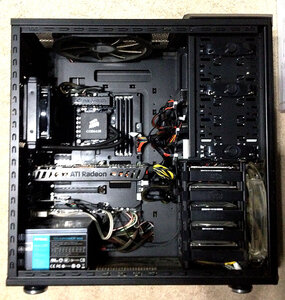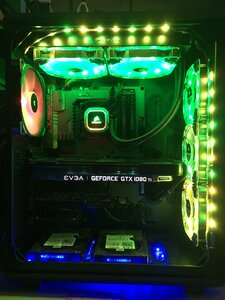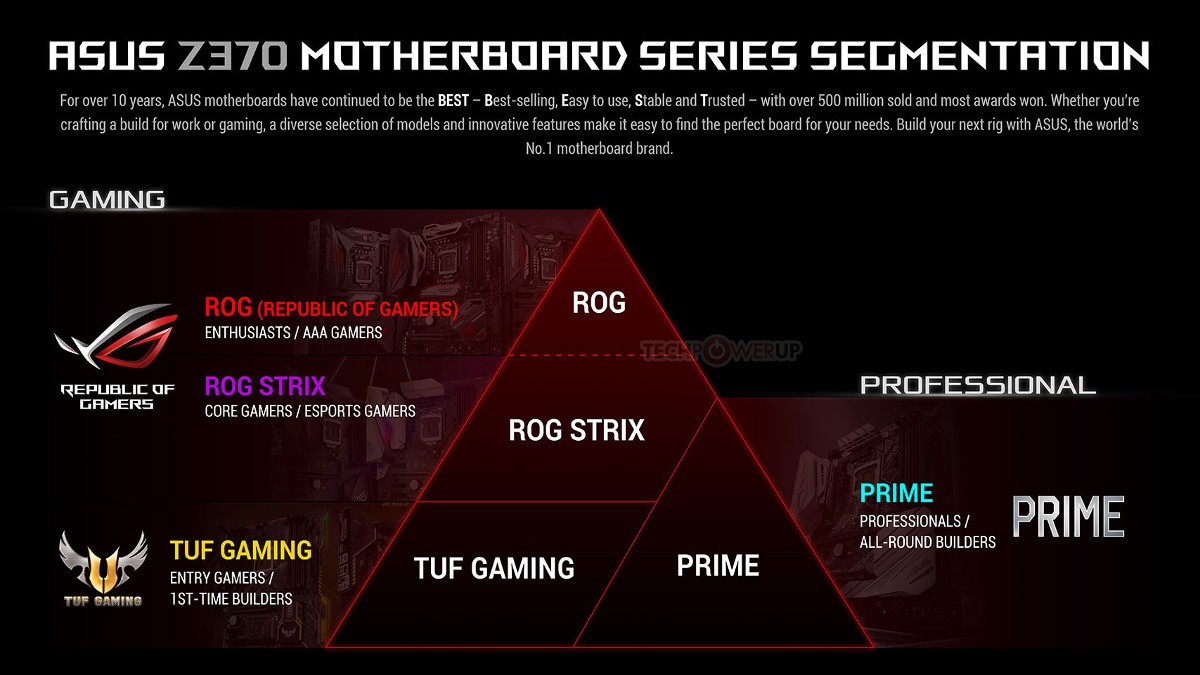So it's time for me to do a whole new system inside my case: MB/CPU/RAM/Graphics. I haven't decided yet about AMD or Intel CPU, or AMD or nVidia GPU, but I'm leaning to nVidia. I noticed that ASUS also has different graphics card with these subbrands. I'm leaning to ASUS for the motherboard because I've used them for over 20 years and I'm happy with the level of BIOS support.
I haven't decided yet about AMD or Intel CPU, or AMD or nVidia GPU, but I'm leaning to nVidia. I noticed that ASUS also has different graphics card with these subbrands. I'm leaning to ASUS for the motherboard because I've used them for over 20 years and I'm happy with the level of BIOS support.
But what about choosing a "simple" motherboard, as opposed to a more expensive on that's TUF, or Strix, or ROG? If it matters, I'm not a gamer, but I do a lot of photo processing with Lightroom and Photoshop.
If it matters, I'm not a gamer, but I do a lot of photo processing with Lightroom and Photoshop.
Is there an explanation of these differences without all the gobblydegook and cotton-in-your-mouth talk?
But what about choosing a "simple" motherboard, as opposed to a more expensive on that's TUF, or Strix, or ROG?
Is there an explanation of these differences without all the gobblydegook and cotton-in-your-mouth talk?
![[H]ard|Forum](/styles/hardforum/xenforo/logo_dark.png)



